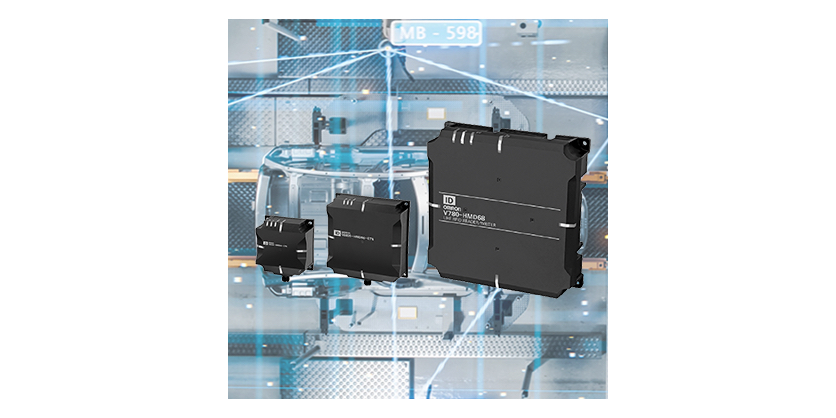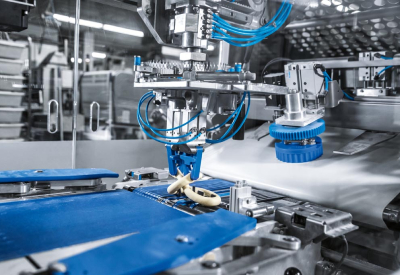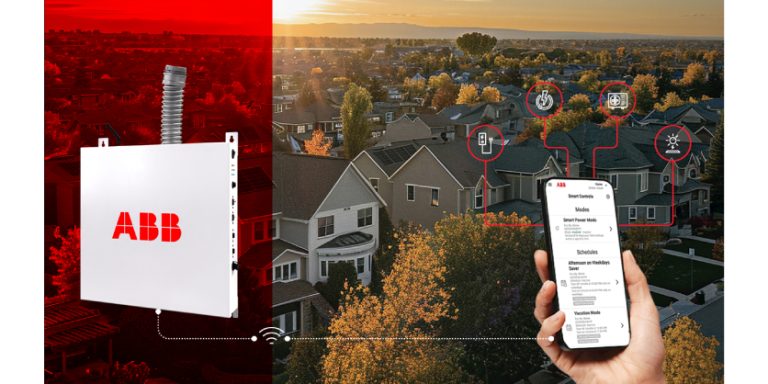How RFID Technology Is Expanding Manufacturers Traceability Capabilities
October 2, 2023

Radio Frequency Identification (RFID)Technology has bee making great strides in expanding the capabilities that manufacturers have in Traceability. Due to its industry-proven, robust, short, and long-range design to identify, track, and trace products and carriers, RFID offers solutions beyond optical barcode reading. It can also be easily integrated into automation platforms using standard Network protocols like EtherNet/IP.
By providing a Traceability resource for manufacturers in industries such as automotive, electronics, food & commodities, and more, it enables real time quality control data, ensures optimal production, and prevents potential costs of recalls.
Omron looks at the different RFID solutions that are helping manufacturers expand their Traceability capabilities.
No more worrying about not being able to read barcodes on the dirty, smoky factory floor.
RFID technology excels in challenging work environments such as smoky, dirty factory floors. Optical barcodes are often too difficult to trace in these conditions leading to a loss of quality control data and increasing the potential costs of recalls. Omron’s RFID writer readers have powerful antennas that are built-in allowing an extended range and ensuring that a product’s data can be read regardless of the work environment or visibility conditions. The V680 and V780 series RFID products offer short and long-range methods to read the identity of a product, write quality inspection data, and trace it throughout the entire manufacturing process.
Real time quality control data reduces risk for product recalls.
There is often trouble determining if products’ Traceability identification numbers are being read properly. If these numbers cannot be identified, then the quality control data cannot be recorded in real time, or, if the data is missed entirely, it may lead to potential product recalls. With RFID systems, manufacturers never have to miss a read status indication again! With highly visible indicators, operators are given reassurance that the system is recording essential data in real time.
Easily able to transfer factory floor data straight into QA databases.
It is often a struggle for manufacturers to get the quality data from the individual products on the factory floor into their databases and cloud storage. However, Omron RFID systems are easy to integrate with existing or new manufacturing lines. Multiple Network communication options give manufacturers access to factory floor data that may be transferred through a machine automation controller into their quality control databases.
Taking out the guesswork in RFID system and tag compatibility.
It is usually difficult to guarantee that a RFID system will work with a particular RFID tag. When incompatibility exists, loss of Traceability data may result. Some industries, like Automotive, Oil & Gas, and Mining use specialized tags that are often purchased from different vendors than the writer reader. In those cases, is it difficult to guarantee that a RFID system will work with a particular RFID tag due to data formats managed by each.
The RFID industry standards ensure that the frequencies and data formats between the writer readers and tags align. By using compliant RFID systems like the Omron V680 (ISO/IEC 18000-3 (15693)) and V780 (ISO/IEC 18000-63: 2013) series, manufacturers can rest easy knowing that they will be compatible with RFID tags that are compliant with the same set of standards.
Makes programming easily accessible.
Do you have trouble maintaining your software for your systems due to expiring operating systems, firewalls, antivirus software issues, or incompatibility with other automation software? Well, you’re not alone. Most programmers find it difficult to program their RFID systems due to various issues.
The latest RFID writer readers from Omron allow any Microsoft Windows-based computer with a RJ45 EtherNet Port and a web browser to program the RFID writer readers. This makes it easily accessible for manufacturers to integrate this technology.
More Information
Want to expand your own Traceability capabilities? Learn more about Omron’s RFID systems
Related Story
Why PMAC Controllers Are Essential for Manufacturers Looking to Reduce Costs and Increase Efficiency
Manufacturers in Semiconductors, Electronics, Automotive, Packaging, and Machine Tooling industries face pressures to reduce costs, minimize downtime, optimize space and flexibility, and increase production speed. The PMAC controller family has been able to transform manufacturers operations to meet these unique needs.






